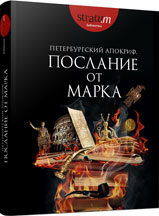Куда «запаздывают» монеты? (К вопросу о роли монет в датировке раннесредневековых памятников Восточной Европы VI—VIII вв.)
How could coins “be late”? (Towards the role of coins in dating of early medieval sites of 6—8th cc. in Eastern Europe)
Author(s): Oleksii V. Komar
Subject(s): History, Archaeology, Middle Ages, 6th to 12th Centuries
Published by: Издательский дом Stratum, Университет «Высшая антропологическая школа»
Keywords: chronology; absolute dating; coin limit; Byzantine solids; archaeologisation
Summary/Abstract: Absolute dating of complexes with help of coins is one of the oldest theoretical problems of archaeology. A number of correction factors were proposed in order to solve the problem of life time of a coin before its archaeologisation. Behaviour of Byzantine solidi of the 5th—8th centuries A. D. in societies outside of Byzantium can be traced by European monetary hoards and Chinese tombs with exact dates. Both examples give a wide span between the date of coin age and its archaeologisation, and also demonstrate that a foreign coin is never the youngest artefact in the complex.
Book: Петербургский апокриф. Послание от Марка
- Page Range: 555-566
- Page Count: 12
- Publication Year: 2011
- Language: Russian
- Content File-PDF

